Bruce Nauman | Contrapposto Studies
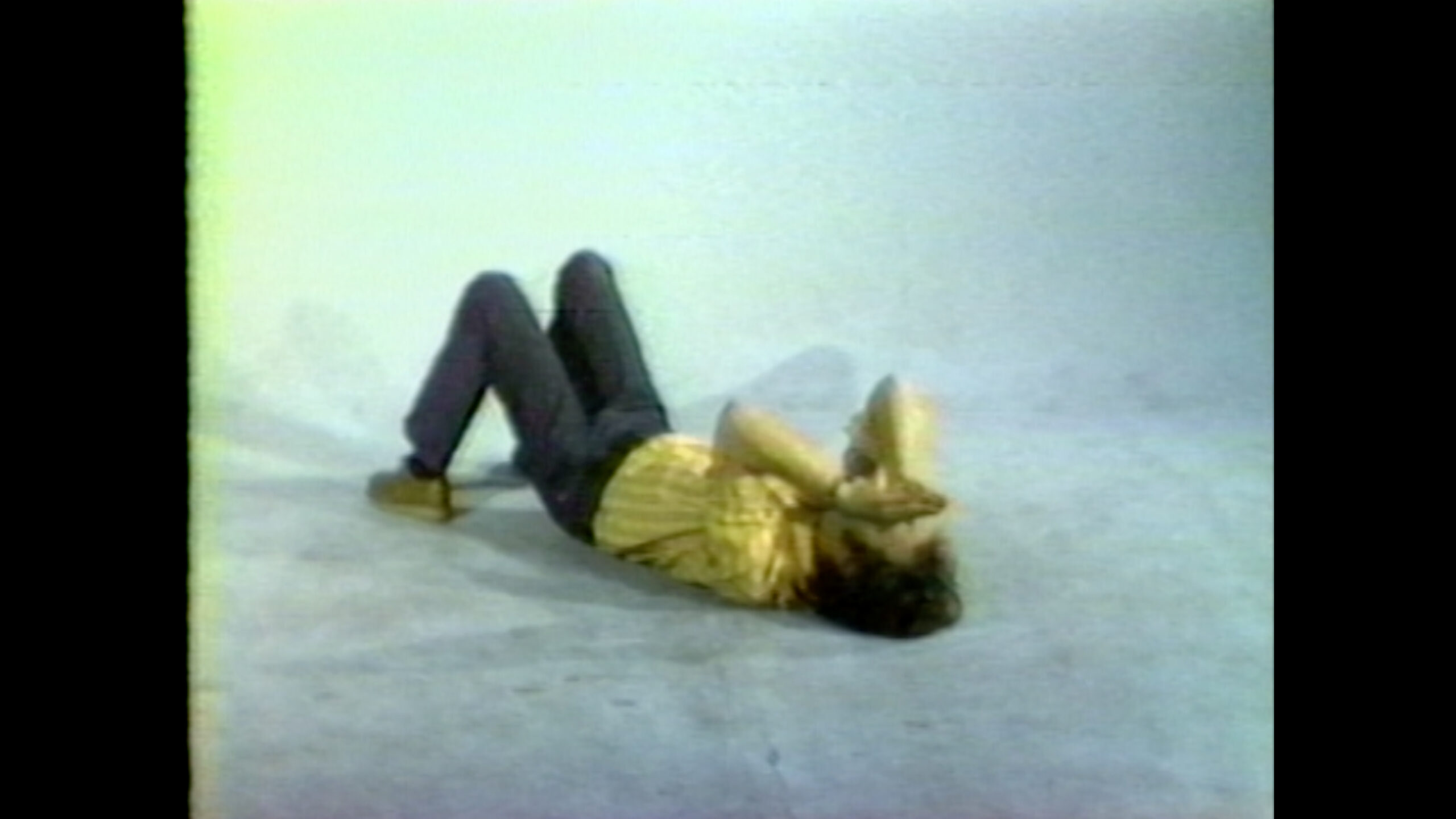 I spoke with the curators of Bruce Nauman’s exhibition at Punta della Dogana ⎯ Carlos Basualdo, the Keith L. and Katherine Sachs Senior Curator of Contemporary Art at the Philadelphia Museum of Art, and Caroline Bourgeois, curator at Pinault Collection ⎯ on what constitutes artistic practice and an artist’s work, how to still have some sort of mental freedom during pandemic, and much more.
I spoke with the curators of Bruce Nauman’s exhibition at Punta della Dogana ⎯ Carlos Basualdo, the Keith L. and Katherine Sachs Senior Curator of Contemporary Art at the Philadelphia Museum of Art, and Caroline Bourgeois, curator at Pinault Collection ⎯ on what constitutes artistic practice and an artist’s work, how to still have some sort of mental freedom during pandemic, and much more.
Martina Alemani: The exhibition in Venice is focused on a series of recent video installations that Nauman has developed over the last years and are related to a single channel video from 1968, Walk with Contrapposto, in which we see the artist walk in a narrow wooden corridor built inside his studio while trying to maintain the contrapposto pose.
How does the Contrapposto series interrogate the very definition of what constitutes artistic practice?
Caroline Bourgeois: In a way the very act of standing up as a human being and walking is the question of all art and philosophy since the beginning of time and it is like studying how to make a movement at the very beginning of life. So, I think it is the basic question addressed to all of us: how do we stand up? I saw with Carlos that in the biggest installation we are going to show in Venice, which was done in 2016, it is very impressive that somehow Bruce bounced back to those not basic but essential beginnings of movements ⎯ so to the beginning of life in a way.
Carlos Basualdo: I completely agree. In the last few years the work has become more naked, it has been reduced to its bare essentials. There were a series of works before the Contrapposto series, and the Pinault Collection has a wonderful one called For Children ⎯ we will be showing that projection in the exhibition ⎯ which is just a movement of hands and fingers. He was making a work that was just his bare hands, just open hands, empty ends. And he was creating reason, an intimation of composition with the use of his fingers. He was kind of questioning: how much can you simplify and still have something that could be described as art? And in this case you have your hands, but why are they art? And then they move, and the fingers move with a certain rhythm, and so there is a sort of intimation of meaning, the slightest one, a dimension beyond the physiological. I think that in the context of his work that is what we call art. That intimation of meaning that is transmitted to the viewer and creates a sense of curiosity and a desire to understand more, to penetrate that meaning.
In the Contrapposto series you have something which is not dissimilar, you have a man walking: why is a man walking art? And again, you have a man walking in a certain way, with certain constraints and certain difficulties, and it all starts adding a layer on a layer of complexity. One thing to say is that over the last decade or so there has been a trend in the art world to look for complexity. For bigger things, using very expensive media, all those artists working with filmmaking almost like a Hollywood movie and so on. And then there is this artist working almost with nothing! He shoots works with his iPhone, certainly he also worked with a crew from Los Angeles, but another 3D work was shot with a handheld scanner. There is no denial of technology but there is a sort of “mama and papa” use of technology, a very direct one, not a Rococò use of technology. On the one hand, he simplifies, simplifies, simplifies and gets to the root of what it is to make a gesture and art. But on the other hand, he is not afraid to use the most advanced technology to express art. That is very much a characteristic of Nauman.
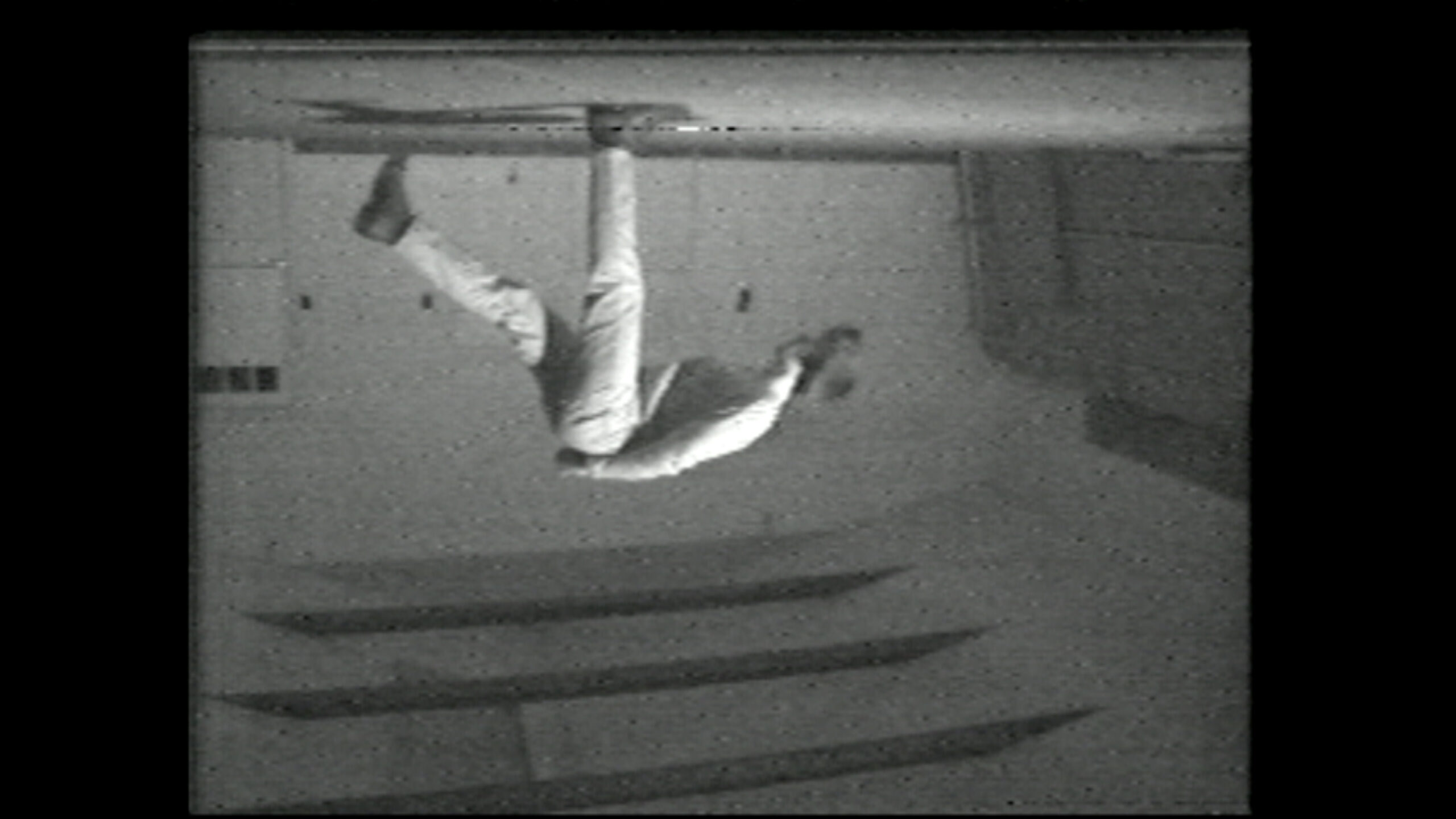 MA: How was the artist able to figure out the perfect proportions of the body through contrapposto? In an interview with you, Nauman said: “(…) this idea of Renaissance configuration, then da Vinci and Dürer and everybody was sort of doing it.”
MA: How was the artist able to figure out the perfect proportions of the body through contrapposto? In an interview with you, Nauman said: “(…) this idea of Renaissance configuration, then da Vinci and Dürer and everybody was sort of doing it.”
Basualdo: What he was saying is that he was looking at the ways in which in the Renaissance they basically talked about the perfect body. I think he has Leonardo da Vinci’s Vitruvian Man in mind. Most of the speculations about body proportions in the Renaissance find their roots in Greek antiquities, in the canon which was just a set of body measurements. Bruce is alluding to that; there is a reference to classical antiquities but it is through the Renaissance. The figure of Leonardo is very important for Bruce. A strong reference.
MA: Nauman has always put himself in the position of a “Beginner Beginning.” What does it implicate for the artist’s work to go beyond the limits imposed by the technology available in the late 1960s, the time when he produced the first Walk with Contrapposto?
Bourgeois: The first show he did was in the studio, expressing “if I am an artist, the studio is a work of art.” He recently showed a work where he used 3D glasses and you simply see him walking around his studio. This is the root of everything in a way: doing very simple things like walking. We see how difficult it is to walk standing the same way, no matter at what age. So it’s not about technology, it’s about performance and going on until the end. He used to use the length of the video to determine the time to create the artwork itself. Everything is based on time.
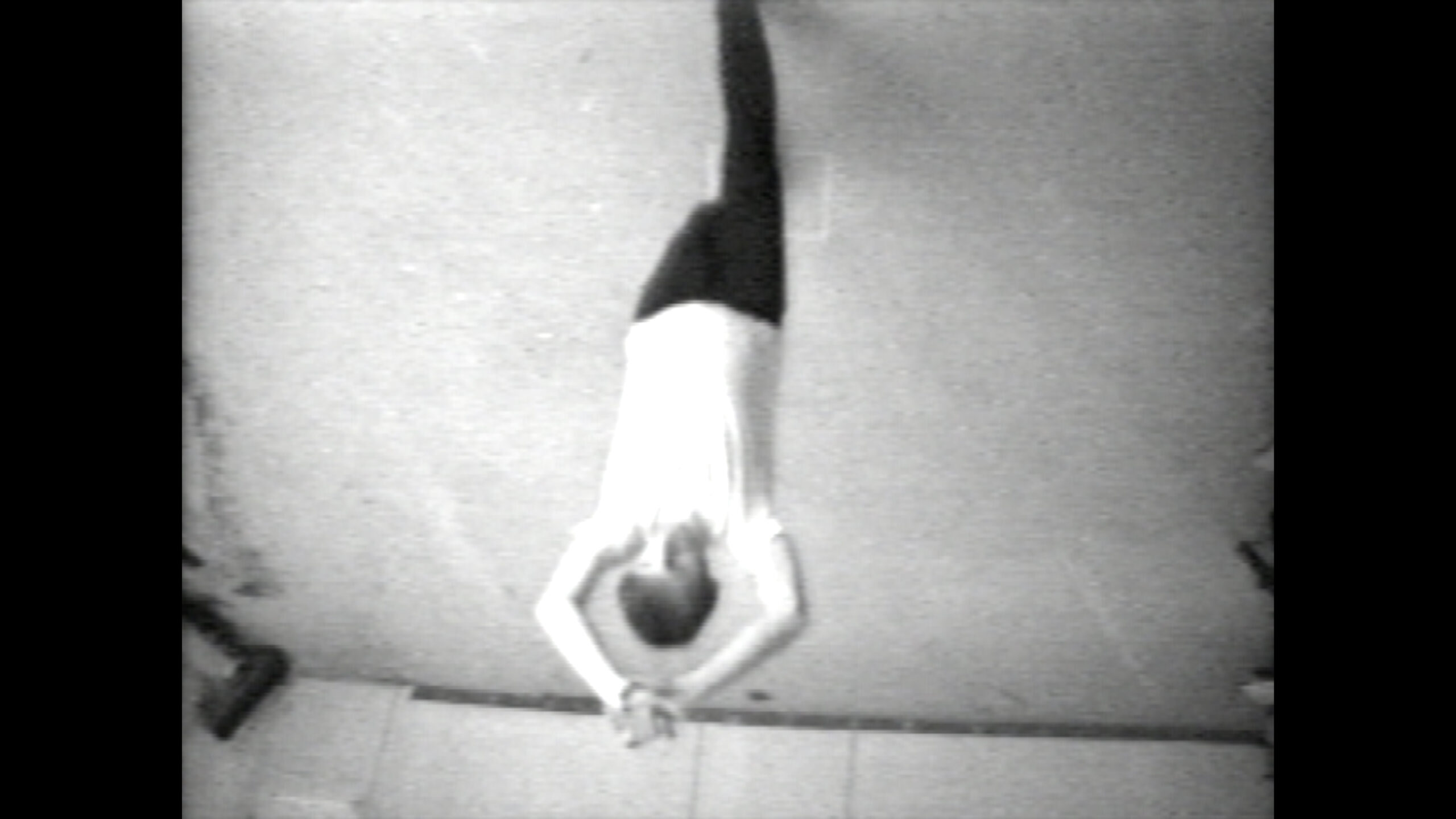 MA: Once again, Nauman returns to the wellspring of possibilities related to the use of his body in the space of his studio, his working place par excellence. It is a question of intimacy, a place that can be controlled… what else?
MA: Once again, Nauman returns to the wellspring of possibilities related to the use of his body in the space of his studio, his working place par excellence. It is a question of intimacy, a place that can be controlled… what else?
Basualdo: I was in his studio, pacing and having coffee, right after he finished teaching and I was really wondering what it is that constitutes an artist’s work and he said “well, you know, if this is what I am doing, this is art.” It sounds very simple but, when you start thinking about that, it’s much more complex. I think that it’s important to keep in mind that Bruce was in the West Coast when very important shows were presented there, in Pasadena, including Man Ray’s, which he enjoyed very much. But before Man Ray, there had been the first retrospective on Marcel Duchamp, curated by Walter Hobbs. When Bruce was in Pasadena he used to stay at Walter Hobbs’ house, so surely he was very deeply immersed in “Duchampian” resonance. He always resisted the interpretation of his work in relation to Duchamp. But it is also really important to make that connection. For Duchamp what really constitutes the work is an interrogation of the space where the work is placed and of the nature of the work, so the studio for Duchamp is a laboratory and it is also a place to live. This being in the presence of certain boundaries between art and life is essential for both Nauman and Duchamp.
Bourgeois: We have in the show a video which is the first one he made before going back to the studio, recording what was going on at night in the studio, sort of saying that something happens whether he is there or not. So there is a life which is not under his control and it is kind of respecting what your body can do and what is outside your body that can be an influence on it ⎯ and what the body keeps of that space.
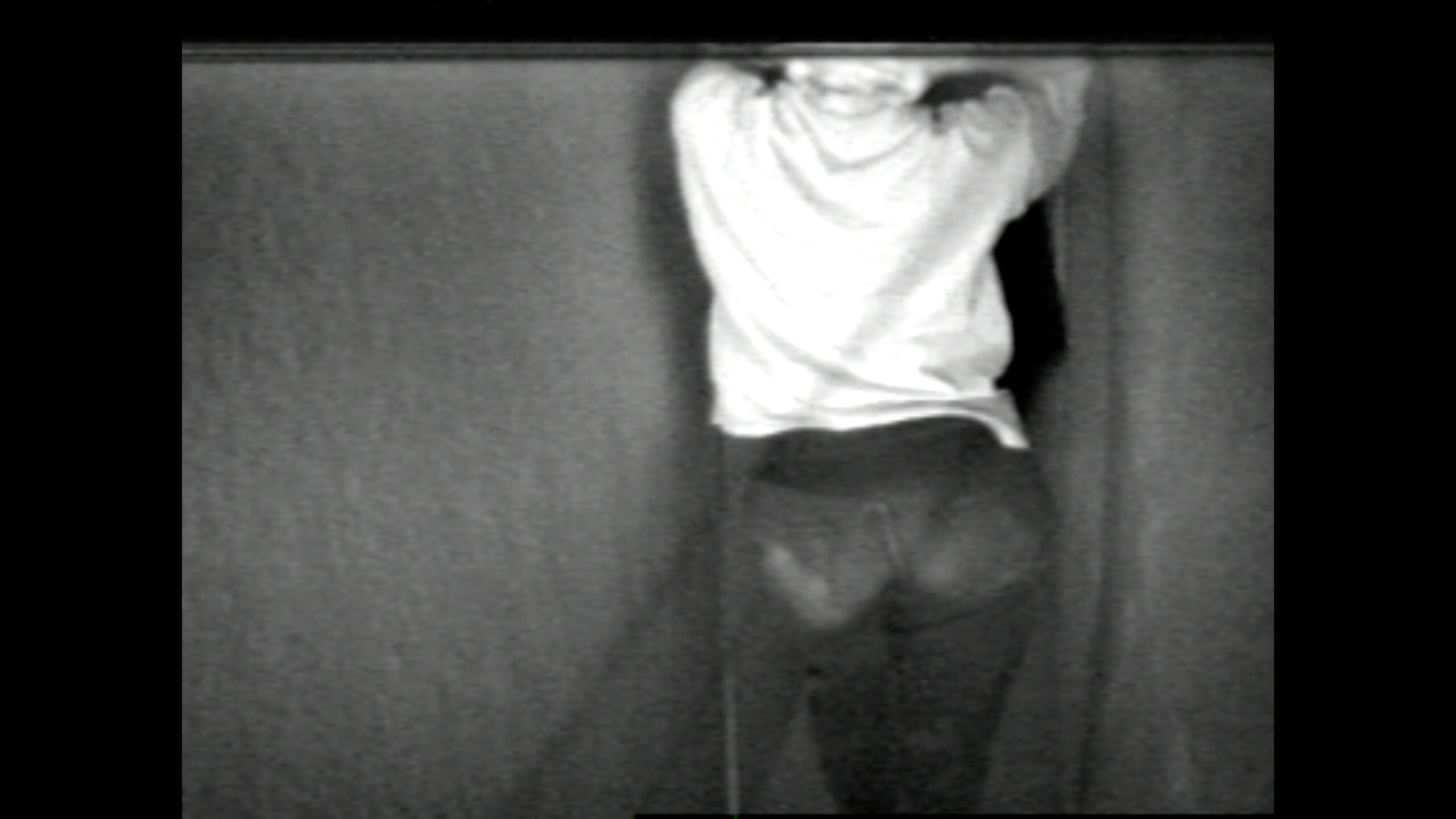 MA: It is a kind of representation of life in its whole sense.
MA: It is a kind of representation of life in its whole sense.
The exhibition invites the visitors to live an immersive experience through their sensory perception, body and mind, a fundamental process to fully understand Nauman’s artistic research ⎯ but also the best way to enjoy art during the current times. Do you agree that it is what the community needs now?
Bourgeois: I can say that during the lockdown a lot of people I talked to ⎯ even if we could not speak so much except on computers ⎯ were very obsessed with the first video that Bruce Nauman did in his studio, which we also have in the show, and with how someone can be in a lockdown space and still have a kind of freedom in the mind.
Basualdo: We have been deprived of a lot of things with the pandemic, of being with each other in a way. Art is like a fire, and people have gathered around the fire, and that is beautiful. We hope that people will be able to gather around the artworks.
MA: How does the sound get particularly explored in the audio installations? “… our locational hearing gives us a sense of where we are even if our eyes can’t tell,” stated Nauman.
Basualdo: The show is truly sound and image, it is very immaterial. It is kind of a space where sounds will lead you from one place to the other. The sound will totally grab your hand and take you through the show. This is something that in a way should be emphasized, sound has totally a bodily aspect, you feel it in your body in a way that somewhat you can abstract yourself. Sound involves you deeply.
Bourgeois: We can say that there are some references to composers, like John Cage, the sounds lead up to silence. Bruce tried many things, including playing the violin, to go to the depth of sound. Even the sound of silence sounds. There is always a sound that reminds you how you move, how you look, and the sound can go through the body in different ways.
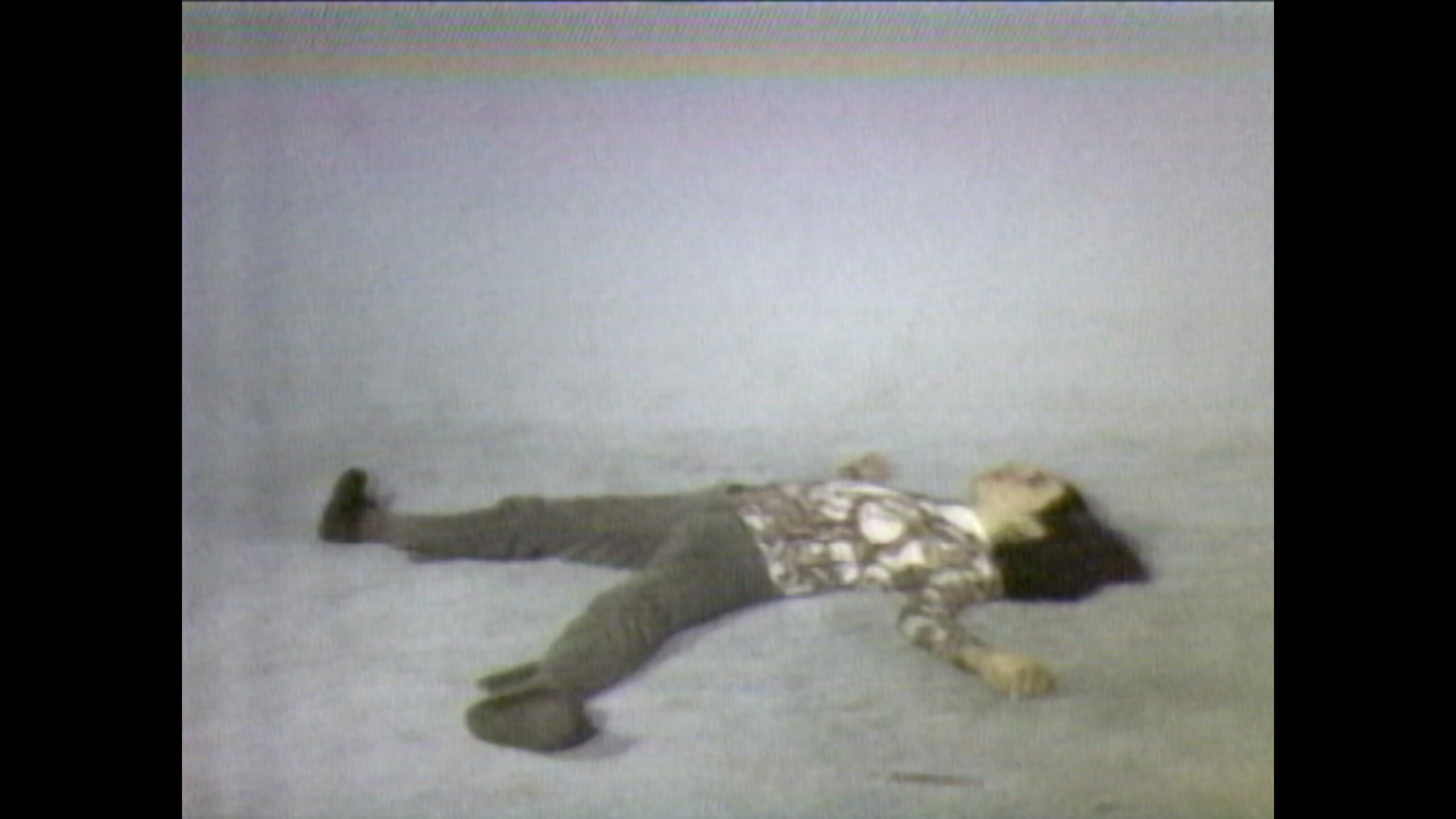 MA: What brought the artist to start working in collaborations with other performers?
MA: What brought the artist to start working in collaborations with other performers?
Basualdo: At the beginning he used his own body, then at some point the reception was very problematic ⎯ see the retrospective in the 1970s at Whitney, curated by Marcia Tucker, that travelled to Los Angeles. There were articles saying that all the work was really related to Duchamp, and I remember one saying that it was a form of narcissism. That must have had an impact on him, both in terms of his later attitudes, talking about Duchamp’s legacy, and in the way he stopped using his own body for art and started working with other actors. He might have responded to these sorts of accusations. It was a bad way of understanding his work, because I don’t think there is narcissism or any sort of celebration of the ego. I think he was just using what he had. He was a very handsome young man, for sure, it is very pleasing to see him in those videos, but there is nothing of exhibitionism in Bruce in that sense. The effect was that for a while he started to work with actors and experimenting with actors. And then later on he started using his own body again, in the most recent works we see his body, as he did at the beginning.
Bourgeois: The Raw Materials, in a way, is really about “take what you have.” What you have is yourself and what is just next to you. That is the beginning of anything.
MA: The artist claimed that “in a way I was using my body as a piece of material and manipulating it.” I’m wondering how the sculpture plays a role in his work.
Basualdo: I tend to think of him as a sculptor, that he thinks of himself as somebody who is very grounded in the practice of sculpture. It comes across in the work in many different ways, but I think there is a strong connection to the practice. It is interesting because I work a lot with Giuseppe Penone and he thinks of himself as a sculptor too, but both of them go beyond the traditional definition of sculpture.
The space of Punta della Dogana is very sculptural in itself and I think the way we worked for the show underlines that, it makes it even more present.
Bourgeois: Sculpture changes space, and video and sound also change space. You become a sculpture when you are in space, you become one because you interfere. Sculpture, when it finds its right place, changes the space.
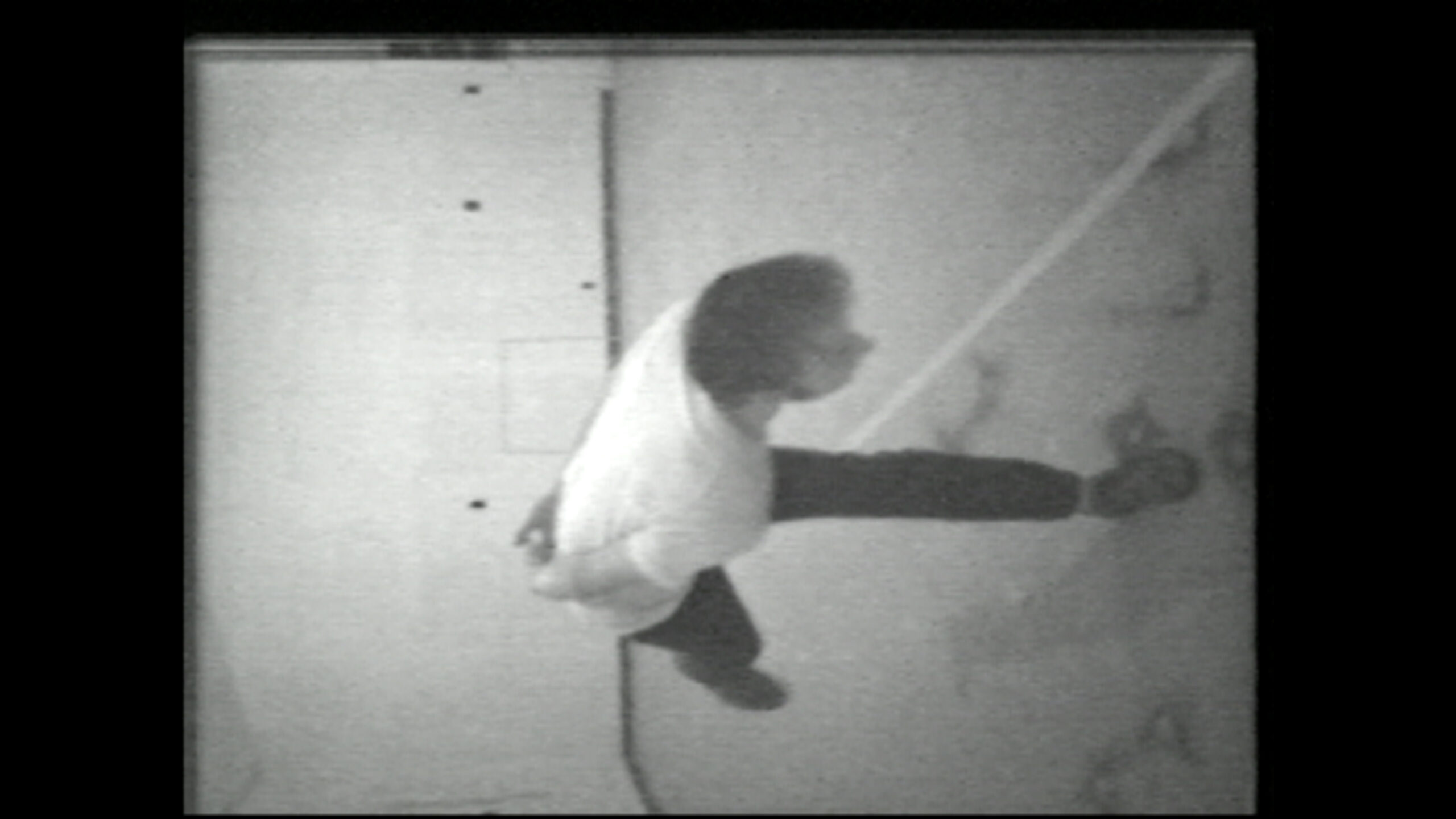 MA: When did you first meet with Nauman?
MA: When did you first meet with Nauman?
Basualdo: I remember it very well, because when I started working in Philadelphia at the Museum, one of the first things I did was to spend a lot of my energy trying to acquire Nauman’s The True Artist Helps the World by Revealing Mystic Truths (Window or Wall Sign). Once we did it, we got an invitation to present a project for Venice and Bruce was so much part of what we were thinking that I wrote a letter to him and met him in Santa Fe at Galisteo for the first time. He has become a super important person in my life, professionally but also beyond. I look at him and he inspires me, deeply.
Bourgeois: I was with Carlos! I was super impressed to meet him in Philadelphia in 2016, he is someone who is very present, but he prefers to speak of food, or horses, not to speak about art! And I love that, because he is so simple, he is deeply simple: exactly like his work. He looks so simple, but you think even more of what is beyond words.
